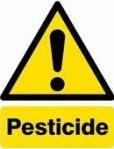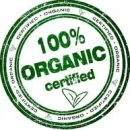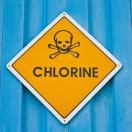TAKE THIS SERIOUSLY FOLKS!
The blog title may seem frivolous to you folks, but our drinking water is next in line for these dangerous drugs leaching into our water. The three drugs mentioned are three of many abusive drugs.
The following article link to Munchies_ Food by VICE appeared in Drinking Water Canada’s newsletter, ~ “Why Wild Canadian Fish Are on Cocaine and Oxycodone” by Alex Swerdloff July 27, 2015
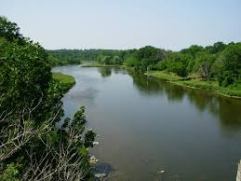 Bust out your rhinestone snuffboxes and hit up your favorite restroom, party people. It’s time to head up to Ontario’s Grand River. Cocaine, morphine, and oxycodone—among other drugs of abuse, as the scientists call them—apparently flow freely in the waters there.
Bust out your rhinestone snuffboxes and hit up your favorite restroom, party people. It’s time to head up to Ontario’s Grand River. Cocaine, morphine, and oxycodone—among other drugs of abuse, as the scientists call them—apparently flow freely in the waters there.
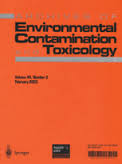 That’s right. A study recently published in the journal Environmental Toxicology & Chemistry shows that way more fish have been getting their Tony Montana on than we previously believed.
That’s right. A study recently published in the journal Environmental Toxicology & Chemistry shows that way more fish have been getting their Tony Montana on than we previously believed.
The study, which comes out of McGill University’s Department of Chemical Engineering, focused on the Grand River Watershed in Southern Ontario. The research shows that water discharged from wastewater treatment plants in the area has low levels of the aforementioned drugs in it, which could affect marine life and contaminate local sources of drinking water.
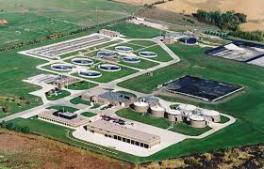 Here’s the problem. Households and chemical plants discharge both figurative and literal crap into the river. A wastewater treatment plant is supposed to clean out most of these contaminants. And some distance downstream, the water then goes through an additional water treatment plant that cleans it further and prepares it for human consumption.
Here’s the problem. Households and chemical plants discharge both figurative and literal crap into the river. A wastewater treatment plant is supposed to clean out most of these contaminants. And some distance downstream, the water then goes through an additional water treatment plant that cleans it further and prepares it for human consumption.
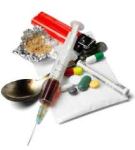 But the study showed that small quantities of drugs were found in the river water coming out of the water treatment plant, and their concentration did not decline with distance downstream from the plant. To make matters worse, the drugs were not removed completely during drinking water treatment.
But the study showed that small quantities of drugs were found in the river water coming out of the water treatment plant, and their concentration did not decline with distance downstream from the plant. To make matters worse, the drugs were not removed completely during drinking water treatment.
In short, plants, fish and other living things in the river were swimming in water dosed with small amounts of recreational and prescription drugs. Screw Nemo—these fish seem to have more in common with Rick Ross!
 But there could be a solution. Professor Viviane Yargeau, who was the lead author of the study, argues, “Improving our wastewater treatment processes can help clean up our drinking water.”
But there could be a solution. Professor Viviane Yargeau, who was the lead author of the study, argues, “Improving our wastewater treatment processes can help clean up our drinking water.”
 What’s new about this research is that the scientists found drugs in the water between the wastewater treatment plant and the drinking water treatment plant. Sure, the drinking water treatment plants got most of the drugs out of the water, but not all. Improvements upstream would keep the life aquatic—including plants, insects, and fish—from inadvertently indulging.
What’s new about this research is that the scientists found drugs in the water between the wastewater treatment plant and the drinking water treatment plant. Sure, the drinking water treatment plants got most of the drugs out of the water, but not all. Improvements upstream would keep the life aquatic—including plants, insects, and fish—from inadvertently indulging.
It seems to me, however, that the researchers forgot to ask one all-important question: How in the hell does a fish line up a rail without an opposable thumb?
Back to Professor Yargeau. She explains, “We believe that if improvements are made to wastewater treatment plants to protect the sources of drinking water, this will prove a more effective way of dealing with the problem in the long run—as this strategy would also protect the aquatic environment and all the plants, insects and fish that are found there.”
 Next to come will be a five-year project to look into improving wastewater treatment to keep contaminants like cocaine out of Canada’s drinking water. But five years is a while away, so the fish will keep partying on in the meantime.
Next to come will be a five-year project to look into improving wastewater treatment to keep contaminants like cocaine out of Canada’s drinking water. But five years is a while away, so the fish will keep partying on in the meantime.
After all, even marine life deserves some booger sugar once in a while.
So folks now the choice is up to you ~ wait for the hammer to fall ~ or be proactive and protect your family’s health right now. We have great options for you as a water treatment system company.
![]() Our RainSoft Reverse Osmosis Water system is exactly what you and I need right now. Martin, owner of Eternally Pure Water Systems, Inc. explains how this system works to provide you with safe, delicious and refreshing drinking water. Watch the video below (truly worth your while) and call us. We’re here to solve all your water treatment problems.
Our RainSoft Reverse Osmosis Water system is exactly what you and I need right now. Martin, owner of Eternally Pure Water Systems, Inc. explains how this system works to provide you with safe, delicious and refreshing drinking water. Watch the video below (truly worth your while) and call us. We’re here to solve all your water treatment problems.
Eternally Pure Water Systems, Inc.
5450 Canotek Rd, 66-67
Ottawa, Ontario K1J 9G5
Tel – (613) 742-0058
Fax – (613) 742-4209
Hours: Mon. – Fri. 9:00 – 5:00
Consumers Choice Gold Winners – 2006, 07, 08, 09, 10
Web Site – www.rainsoftofottawa.com
Twitter – http://twitter.com/Rainsoftottawa
Blog – https://rainsoftottawa.wordpress.com/
Facebook – http://on.fb.me/gVap5O
A+ Rating with BBB

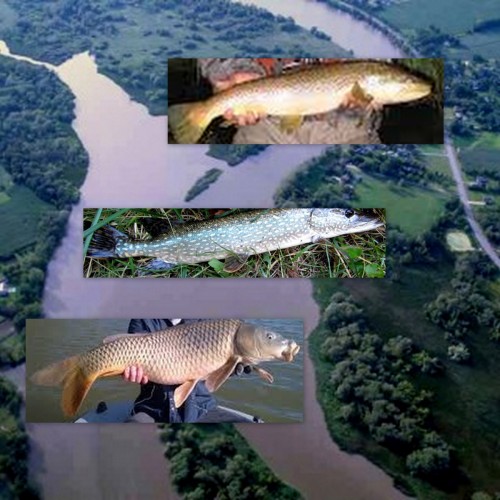
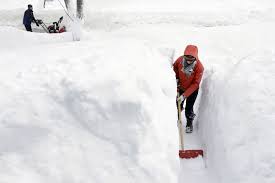









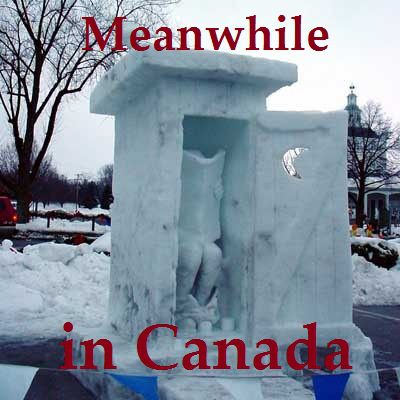





 For example, the Canadian Water Resources Association took the issue on in 2008 with the release of Toward a Canadian National Water Strategy, authored by well-
For example, the Canadian Water Resources Association took the issue on in 2008 with the release of Toward a Canadian National Water Strategy, authored by well-
 book, Down the Drain: How We are Failing to Protect Our Water Resources, explained the unimplemented but ambitious 1987 Federal Water Policy,and that little progress has been seen since federally. Their arguments and facts that our water resources are an issue of national importance and cannot be left to the provinces are compelling. Pentland and Wood stated: “Legislation currently in force and Confederation’s founding documents empower Canada’s federal Crown to take robust action to defend water, waterways, and the life that inhabits them.”
book, Down the Drain: How We are Failing to Protect Our Water Resources, explained the unimplemented but ambitious 1987 Federal Water Policy,and that little progress has been seen since federally. Their arguments and facts that our water resources are an issue of national importance and cannot be left to the provinces are compelling. Pentland and Wood stated: “Legislation currently in force and Confederation’s founding documents empower Canada’s federal Crown to take robust action to defend water, waterways, and the life that inhabits them.” Water acts. Nixon facilitated some pretty ambitious national water protection in a country not known for its love of federal regulation.
Water acts. Nixon facilitated some pretty ambitious national water protection in a country not known for its love of federal regulation.
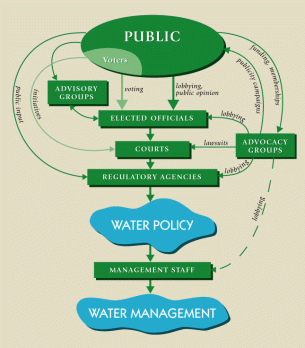



 A tailings pond reflects the Syncrude oilsands mine facility near Fort McMurray. Such ponds of toxic waste are expected to cover 250 square kilometres by 2020. (Jeff McIntosh/The Canadian Press)
A tailings pond reflects the Syncrude oilsands mine facility near Fort McMurray. Such ponds of toxic waste are expected to cover 250 square kilometres by 2020. (Jeff McIntosh/The Canadian Press) Hayley Todesco
Hayley Todesco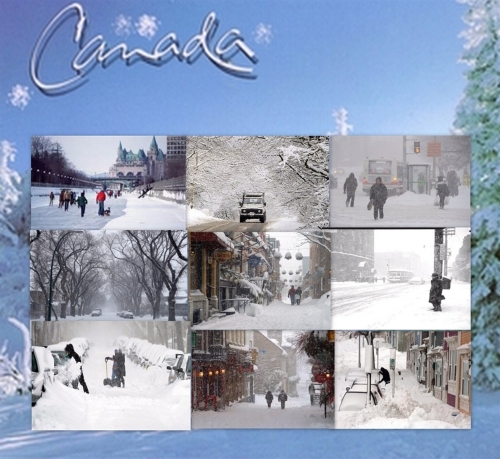













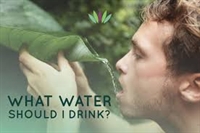















 “Battle with
“Battle with 
 We also expect our governments to protect this resource and put a community’s need for
We also expect our governments to protect this resource and put a community’s need for  Last year, the Ontario government — through the Ministry of the Environment (MOE) — renewed the permit on the condition that Nestle would take less water from the aquifer during serious droughts. But Nestle appealed these mandatory restrictions to the Ontario Environmental Review Tribunal, which has jurisdiction to determine disputes over groundwater permits. Then the MOE tried to cut a settlement deal with Nestle.
Last year, the Ontario government — through the Ministry of the Environment (MOE) — renewed the permit on the condition that Nestle would take less water from the aquifer during serious droughts. But Nestle appealed these mandatory restrictions to the Ontario Environmental Review Tribunal, which has jurisdiction to determine disputes over groundwater permits. Then the MOE tried to cut a settlement deal with Nestle. The deal would have allowed Nestle to avoid the mandatory drought restrictions. But in February, pro bono lawyers at
The deal would have allowed Nestle to avoid the mandatory drought restrictions. But in February, pro bono lawyers at  So Nestle must comply with the original permit conditions, reducing the amount of groundwater it takes from Wellington County during drought. Because these non-profit community groups took action, Nestle must leave more water for other users (in dry times) and the government must ensure they live up to that promise.
So Nestle must comply with the original permit conditions, reducing the amount of groundwater it takes from Wellington County during drought. Because these non-profit community groups took action, Nestle must leave more water for other users (in dry times) and the government must ensure they live up to that promise.  Our watersheds are vulnerable when governments roll out the red carpet for private companies who bristle at mandatory restrictions on their water takings.
Our watersheds are vulnerable when governments roll out the red carpet for private companies who bristle at mandatory restrictions on their water takings.

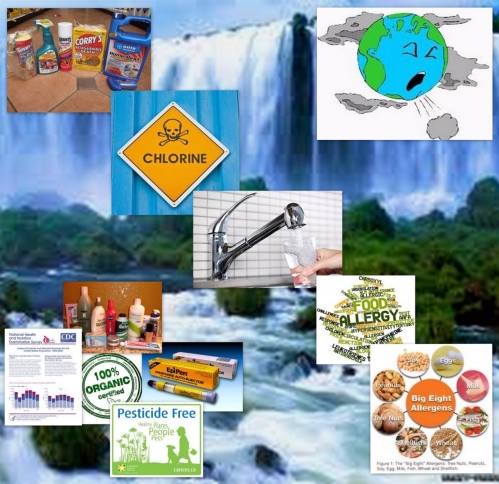
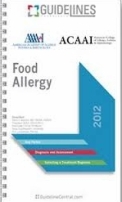
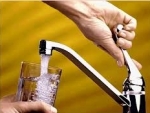



 The researchers examined data on 10,348 people who had participated in a U.S. National Health and Nutrition Examination
The researchers examined data on 10,348 people who had participated in a U.S. National Health and Nutrition Examination 
